Quantum Entanglement

Quantum Entanglement: Spooky Action at a Distance
(Einstein)
Imagine two coins flipped at the same time. Quantum Entanglement
is similar. Two particles become linked, and the state of one
instantly affects the state of the other, no matter how far
apart they are.
Simple Analogy: Gloves
Think of a pair of gloves in a box. You take one without looking
and ship it across the world. When you open your box and see you
have the left glove, you instantly know the other glove is the
right, *no matter where it is*. Quantum entanglement is like
this, but with the fundamental properties of particles.
Key Concepts Simplified:
-
Linked Fate: Measuring a property (like
spin) of one particle instantly tells you the property of
the other.
-
No Physical Connection: They don't need to
be connected by a wire or anything else. The link is
fundamental.
-
Instantaneous: The effect appears to be
faster than the speed of light, which is why Einstein called
it "spooky." However, it can't be used to send information
faster than light because the outcome is random.
Why it Matters:
-
Quantum Computing: Entanglement is crucial
for creating powerful quantum computers that can solve
problems impossible for classical computers.
-
Quantum Cryptography: It could be used to
create unbreakable encryption.
-
Fundamental Physics: It challenges our
understanding of space, time, and reality.
Equation (Simple Example):
Representing Entangled State of Two Qubits (simplification):
|Ψ⟩ = 1/√2 (|00⟩ + |11⟩)
This means the system is in a superposition of both qubits being
0 or both qubits being 1, with equal probability.
It's one of the most fascinating concepts in physics.
Algorithmic Complexity

Algorithmic Complexity: How much work does it *really*
take?
Imagine searching for a specific book in a library. Algorithmic
Complexity is like figuring out the *most efficient* way to find
that book. Is it going shelf by shelf? Using the card catalog?
Or hiring a librarian with psychic powers? (Okay, maybe not that
last one).
Simple Analogy: Sorting Socks
You have a pile of unmatched socks. A simple, but slow, method
is to compare each sock to every other sock until you find a
match. A faster way might be to sort the socks by color first.
Algorithmic Complexity is about quantifying how much time and
resources different sorting methods (algorithms) require.
Key Concepts Simplified:
-
Big O Notation: A way to describe how the
running time or space requirements of an algorithm grow as
the input size increases. For example, O(n) means the time
grows linearly with the input, and O(n^2) means the time
grows quadratically. -
Time Complexity: How the execution time
changes as the input grows.
-
Space Complexity: How much memory is
required as the input grows.
Why it Matters:
-
Efficient Software: Choosing algorithms
with low complexity makes software run faster and use fewer
resources.
-
Scalability: Helps design systems that can
handle large amounts of data.
-
Real-World Impact: Faster search engines,
better data compression, and more efficient AI depend on
understanding complexity.
Example:
Searching a sorted list:
- Linear Search: O(n) - Checks each element one by one.
-
Binary Search: O(log n) - Repeatedly divides the search
interval in half. *Much* faster for large lists!
Algorithmic Complexity: It's not just about *what* you do, but
*how* you do it! It's a big deal for anyone from beginner
programming to expert.
Neural Networks
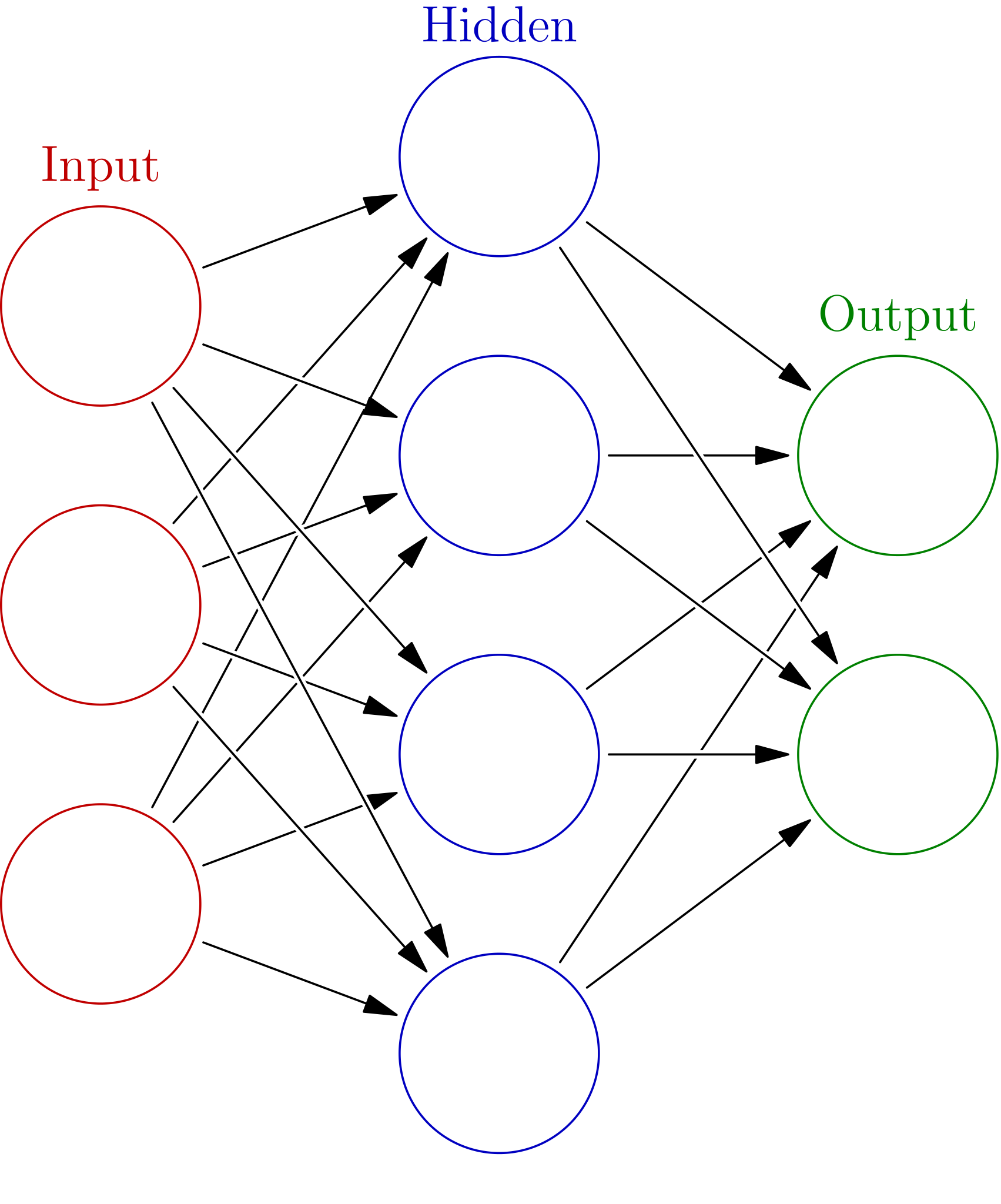
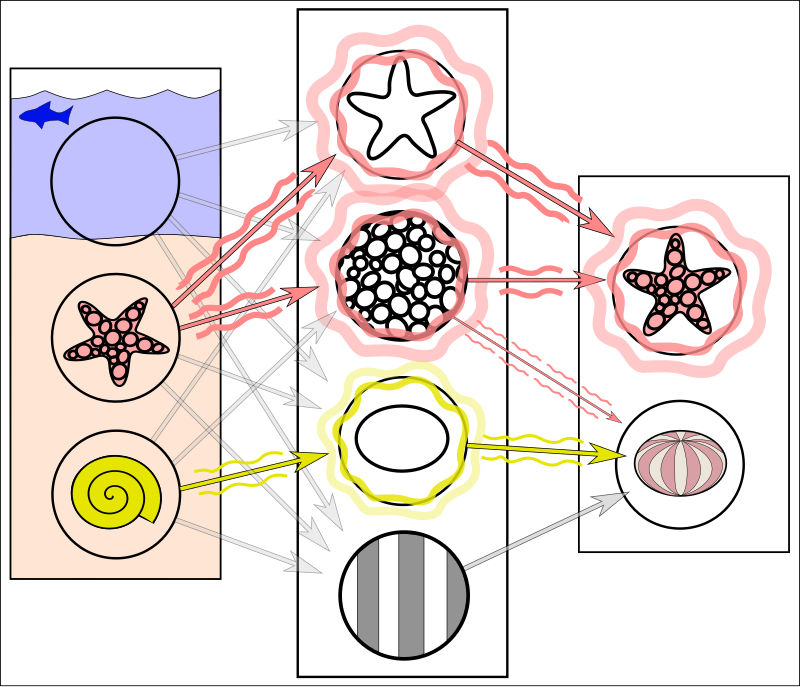
Neural Networks: The AI that Thinks (Sort Of)
Imagine the human brain, but simplified and put into a computer.
Neural Networks are AI systems inspired by the structure and
function of our brains.
Simple Analogy: A Chain of Whispers
Imagine a group of people in a line, whispering a message from
one end to the other. Each person slightly modifies the message
based on what they heard. Neural Networks work similarly.
Information flows through layers of "neurons," each performing a
simple calculation, and the result is a complex decision.
Key Concepts Simplified:
-
Neurons: Basic units that receive input,
perform a calculation, and pass on the output.
-
Layers: Neurons are organized in layers
(input, hidden, output).
-
Weights: Connections between neurons have
weights, which determine the strength of the connection. The
network learns by adjusting these weights.
-
Activation Functions: These functions
decide whether a neuron should "fire" or not, introducing
non-linearity.
Why it Matters:
-
Image Recognition: Used in self-driving
cars, medical imaging, and facial recognition.
-
Natural Language Processing: Powers
chatbots, language translation, and sentiment analysis.
-
Game Playing: Has achieved superhuman
performance in games like Go and Chess.
Example: A neural network trained to recognize cats:
- Input: An image of a cat (or not a cat).
-
Hidden Layers: Extract features like edges, textures, and
shapes. -
Output: "Cat" or "Not Cat" with a certain probability.
Neural Networks: They are the driving force behind the AI
revolution, but remember, they are just sophisticated
algorithms, *not* sentient beings (yet!).
Entropy
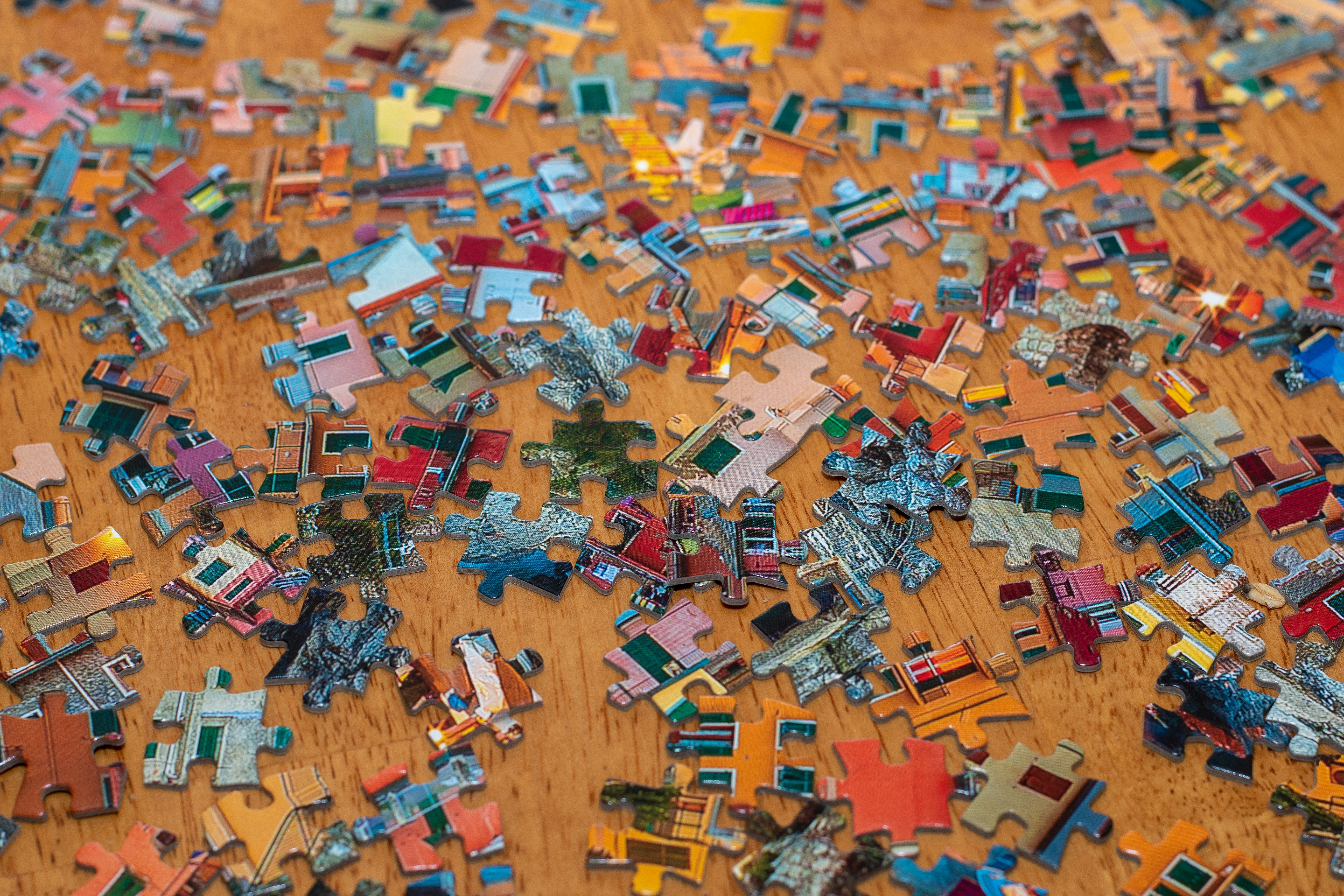
Entropy: The Universe's Way of Saying "Mess It Up!"
Entropy is a measure of disorder or randomness in a system. It's
the reason why your room gets messy even if you don't touch
anything.
Simple Analogy: A Deck of Cards
A brand new deck of cards is neatly ordered. If you shuffle it,
it becomes disordered. Entropy is the measure of that disorder.
The more you shuffle, the higher the entropy.
Key Concepts Simplified:
-
Second Law of Thermodynamics: In a closed
system, entropy always increases (or stays the same). You
can't decrease it without adding energy.
-
Disorder: A state with more possible
arrangements has higher entropy.
-
Information Theory: Entropy can also
measure the uncertainty or randomness of information.
Why it Matters:
-
Limits of Efficiency: Entropy limits how
efficiently engines and other systems can convert energy
into work. -
Understanding the Universe: It explains why
time has a direction (the "arrow of time").
-
Information Theory: Essential in data
compression and error correction.
Examples:
-
Ice melting: The ordered structure of ice crystals becomes
the disordered state of liquid water (entropy increases).
-
A star burning: The ordered state of hydrogen atoms becomes
the more disordered state of helium and energy (entropy
increases).
Entropy: It's not just about messiness; it's a fundamental
principle governing the universe... and your messy desk!
Blockchain
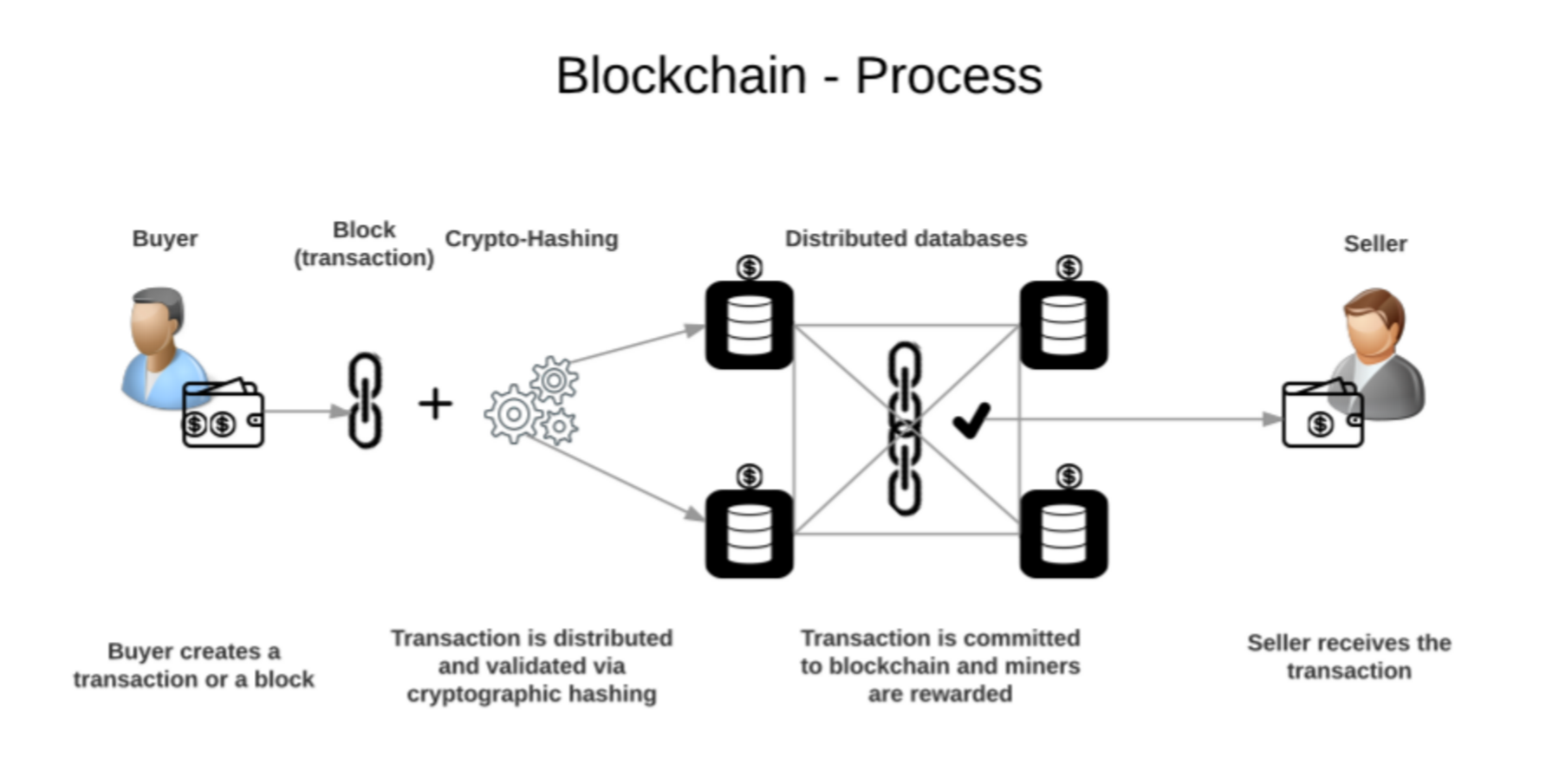
Blockchain: The Digital Ledger That Everyone Shares (and No
One Controls)
Imagine a shared spreadsheet that everyone in a group can view
and add to, but no one can delete or alter previous entries.
That's the basic idea of a blockchain.
Simple Analogy: A Public Notebook
Think of a public notebook where every transaction is written
down. When a new transaction happens, it's added as a new page
(a "block") to the notebook. This page is then verified by
multiple people, and once verified, it's permanently linked to
the previous pages, forming a "chain."
Key Concepts Simplified:
- Blocks: Batches of transactions.
-
Chain: A sequence of blocks linked together
using cryptography.
-
Decentralization: No single entity controls
the blockchain. It's distributed across many computers.
-
Cryptography: Used to secure the blockchain
and verify transactions.
Why it Matters:
-
Cryptocurrencies: The foundation of Bitcoin
and other digital currencies.
-
Supply Chain Management: Used to track
goods and products.
-
Secure Voting: Could be used to create
tamper-proof voting systems.
Example: A Bitcoin transaction:
- Alice sends 1 Bitcoin to Bob.
-
This transaction is added to a block with other
transactions.
-
The block is verified by miners (computers that solve
complex cryptographic problems).
-
The block is added to the blockchain, and the transaction is
complete.
Blockchain: It's a revolutionary technology that's changing the
way we think about trust, security, and data!
The Event Horizon

The Event Horizon: Where Gravity Gets *Real* (and Escape is Impossible)
Imagine a waterfall where the current is so strong that if you
fall over the edge, you can never swim back up – not even with a
rocket-powered swimsuit! That edge is the event horizon of a
black hole.
Simple Analogy: The Roach Motel
"Roaches check in, but they don't check out!" The Event Horizon
is the point of no return. Once something crosses it, the
gravity is so intense that nothing, not even light, can escape.
It's the universe's ultimate trap.
Key Concepts Simplified:
-
Black Hole: An object with gravity so
strong that nothing can escape.
-
Singularity: A point at the center of a
black hole where all the matter is crushed into an
infinitely small space (or so we think!).
-
Escape Velocity: The speed required to
escape the gravitational pull of an object. At the event
horizon, the escape velocity exceeds the speed of light.
Why it Matters:
-
Understanding Gravity: Black holes are
extreme testing grounds for our theories of gravity.
-
Cosmic Evolution: Black holes play a key
role in the evolution of galaxies.
-
The Limits of Physics: Event horizons
challenge our understanding of the universe and push the
boundaries of what we know.
Thought Experiment: What happens if you fall into a black hole? (Don't try this at
home!)
-
Spaghettification: You'd be stretched out like spaghetti due
to the extreme tidal forces.
-
Time Dilation: Time would slow down for you relative to
someone observing from a distance.
-
Potential Information Paradox: What happens to the
information about you? Does it disappear forever? This is a
major puzzle in physics!
The Event Horizon: It's the ultimate cliffhanger in the
universe's story!
Particle Physics
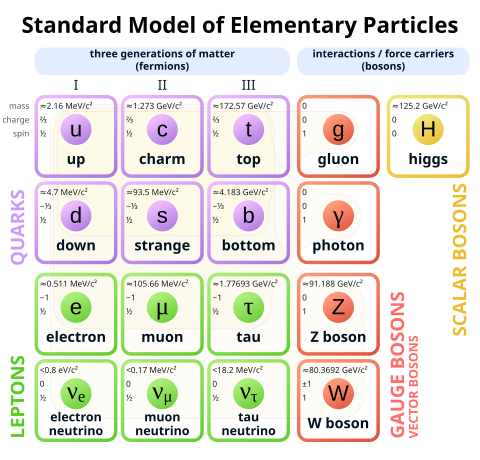
Particle Physics: Unlocking the Secrets of the Universe's Building Blocks
Imagine taking a LEGO set and smashing it into its individual
pieces. Particle Physics is like that, but instead of LEGOs,
we're smashing atoms to understand the fundamental particles
that make up everything.
Simple Analogy: The Cosmic Onion
The universe is like an onion with many layers. First, you have
matter. Then atoms. Inside atoms are protons, neutrons, and
electrons. Inside protons and neutrons are quarks. And so on!
Particle physics is peeling back these layers to find the most
fundamental components.
Key Concepts Simplified:
-
Standard Model: The current best theory
describing the fundamental particles and forces.
-
Quarks and Leptons: The basic building
blocks of matter.
-
Force Carriers: Particles that mediate the
fundamental forces (e.g., photons for electromagnetism,
gluons for the strong force).
-
The Higgs Boson: The particle that gives
other particles mass.
Why it Matters:
-
Understanding the Universe: It explains how
the universe works at the most basic level.
-
Technological Advancements: Leads to new
technologies in medicine, computing, and materials science.
-
Pushing the Boundaries of Knowledge: Helps
us answer fundamental questions about the origin and nature
of reality.
Fun Fact: The Large Hadron Collider (LHC) at CERN is the world's largest
and most powerful particle accelerator. It's where the Higgs
boson was discovered!
Particle Physics: It's about more than just particles; it's
about discovering the deep and beautiful laws that govern the
universe!
Perception

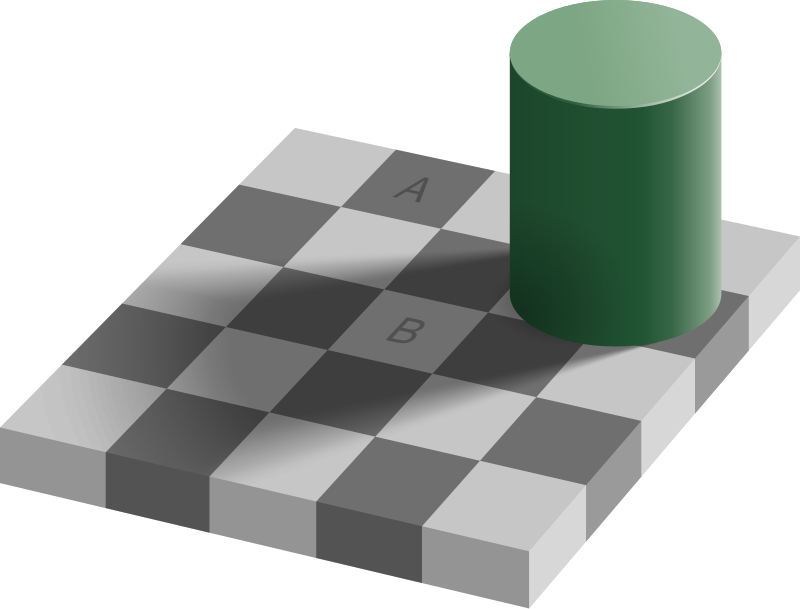
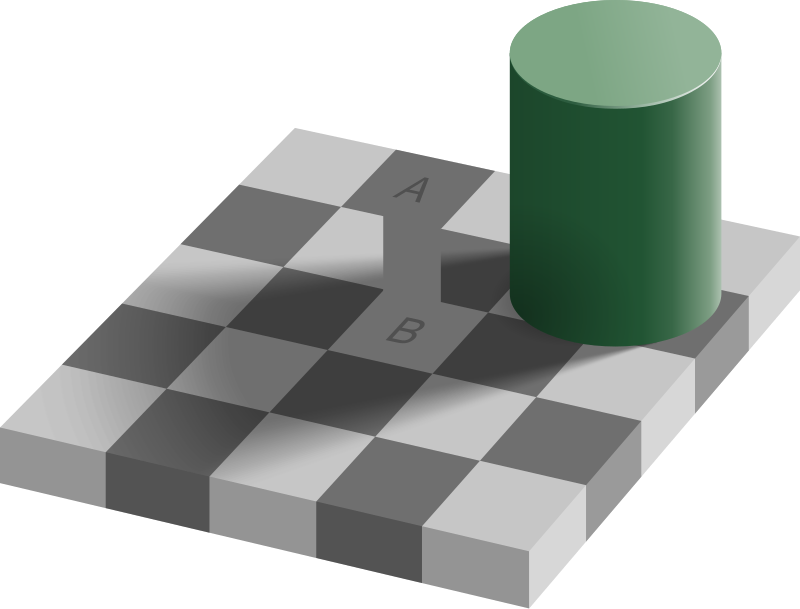
Perception: Reality? Or Just a *Really* Good Illusion?
Imagine watching a movie. What you see on the screen isn't
*actually* happening, but your brain processes it as reality.
That's perception in a nutshell: the process of organizing and
interpreting sensory information.
Simple Analogy: A Personalized Filter
The world is full of information, but we can't process it all at
once. Perception is like a personalized filter that selects
what's important to us and creates a coherent picture of the
world.
Key Concepts Simplified:
-
Sensation: The process of receiving
information through our senses (sight, hearing, smell,
taste, touch).
-
Bottom-Up Processing: Building perception
from basic sensory information.
-
Top-Down Processing: Using prior knowledge
and expectations to interpret sensory information.
-
Illusions: Instances where our perception
doesn't accurately reflect reality.
Why it Matters:
-
Understanding Ourselves: Helps us
understand how we experience the world.
-
Cognitive Psychology: Essential for
understanding learning, memory, and decision-making.
-
AI and Robotics: Important for developing
AI systems that can perceive and interact with the world.
Optical Illusion: Look at the image and tell us what you see! (Hint: Is it always
what it seems?)
Perception: It's more than just seeing; it's about
understanding, interpreting, and creating our own unique
reality!
Recursive Computation

Recursive Computation: When a Function Calls Itself (Mind-Bending!)
Imagine you're explaining a concept to someone, but to explain
it fully, you need to use the same concept you're trying to
explain. That's recursion: a function calling itself to solve a
smaller version of the same problem.
Simple Analogy: Russian Nesting Dolls
Each doll contains a smaller version of itself. To open all the
dolls, you open the first one, then open the doll inside, and
keep going until you reach the smallest doll. Recursive
computation is like this: you break down a problem into smaller,
self-similar subproblems.
Key Concepts Simplified:
-
Base Case: The condition that stops the
recursion. Without a base case, the function would call
itself forever (or until it crashes!).
-
Recursive Step: The function calls itself
with a smaller input. -
Call Stack: A data structure that keeps
track of the function calls. Each call adds a new "frame" to
the stack.
Why it Matters:
- Elegant Solutions: Can solve complex problems with relatively simple and elegant code.
-
Tree Traversal: Essential for navigating
tree-like data structures (e.g., in file systems or decision
trees). -
Fractals: Used to generate fractal images
and patterns.
Code Example (Factorial): ```python def factorial(n): if n == 0: # Base case return 1
else: return n * factorial(n-1) # Recursive step ```
Recursive Computation: It's a powerful technique that allows
functions to solve problems by breaking them down into smaller,
self-similar pieces, but it can also lead to mind-bending
complexity!
Cognitive Bias


COGNITIVE BIAS PDF(en)
Cognitive Bias: The Mind's Way of Taking Shortcuts (and Sometimes Tripping)
Imagine trying to navigate a city without a map. You might
develop some "rules of thumb" to get around, but these rules
could also lead you astray. Cognitive biases are similar: mental
shortcuts our brains use to make decisions quickly.
Simple Analogy: Confirmation Bias - The Echo Chamber
People tend to seek out information that confirms their existing
beliefs and ignore information that contradicts them. It's like
living in an echo chamber where you only hear what you already
believe.
Key Concepts Simplified:
-
Heuristics: Mental shortcuts that simplify
decision-making. -
System 1 and System 2 Thinking: System 1 is
fast, intuitive, and emotional. System 2 is slower, more
deliberate, and logical. Biases often arise from System 1
thinking. -
Examples: Confirmation bias, availability
heuristic, anchoring bias, etc. There are dozens!
Why it Matters:
-
Decision-Making: Biases can lead to poor
decisions in finance, medicine, and everyday life.
-
Social Justice: Biases can contribute to
prejudice and discrimination. -
AI Ethics: AI systems can inherit and
amplify human biases if they are not carefully designed.
Fun Fact: Just being *aware* of cognitive biases can help you make better
decisions! It's like knowing there's a pothole in the road - you
can avoid it if you're paying attention.
Cognitive Bias: It's a reminder that our brains are powerful but
not always perfectly rational!
Time Dilation
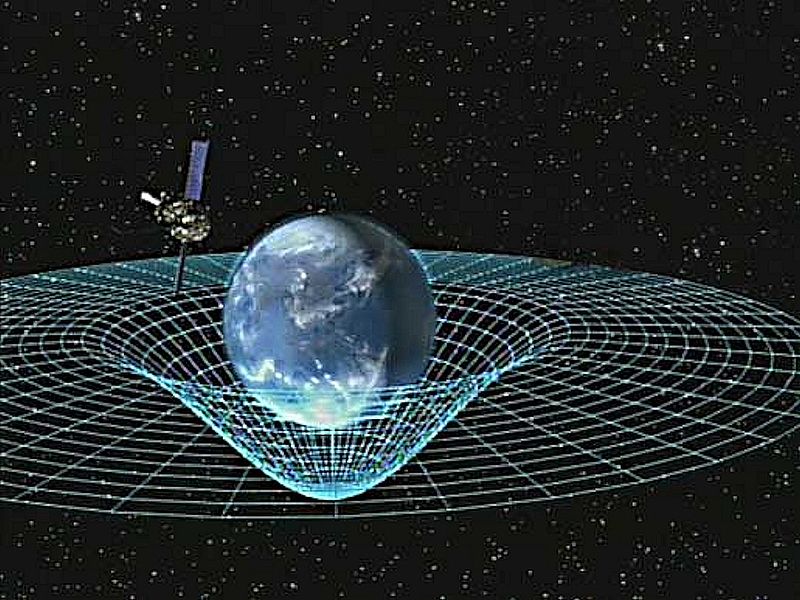
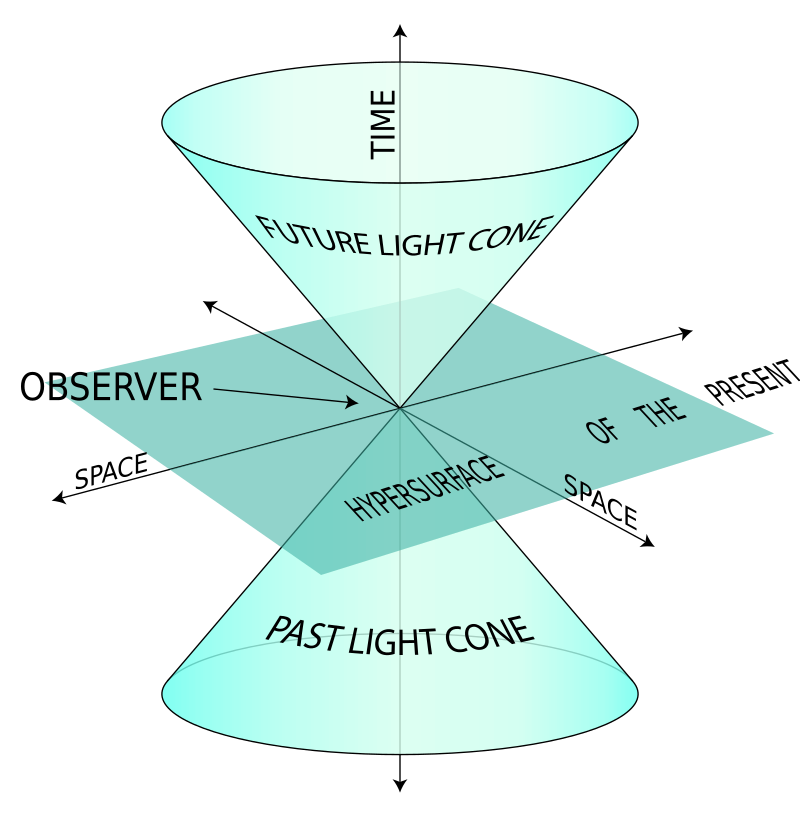
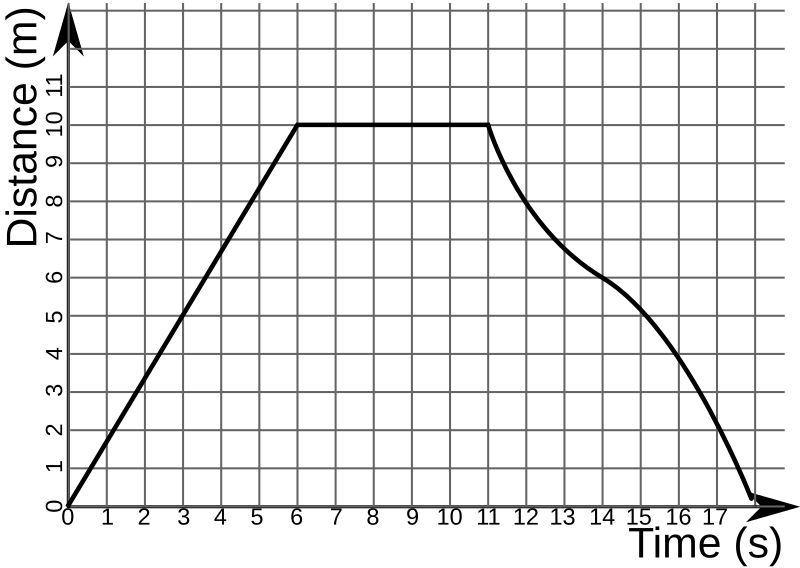
Time Dilation: When Time *Isn't* the Same for Everyone (Mind Blown!)
Imagine you're on a super-fast spaceship, racing through the
galaxy. For you, time seems to pass normally, but back on Earth,
years could be passing much faster! That's time dilation: the
slowing down of time for an observer who is moving relative to
another observer.
Simple Analogy: Two Clocks, Different Speeds
Imagine two clocks. One is sitting still, and the other is being
moved around really fast. According to Einstein's theory of
relativity, the moving clock will tick slower than the
stationary clock. It sounds like science fiction, but it's real!
Key Concepts Simplified:
-
Special Relativity: Time dilation occurs
due to relative motion. The faster you move, the slower time
passes for you relative to a stationary observer.
-
General Relativity: Time dilation also
occurs due to gravity. The stronger the gravity, the slower
time passes. -
Spacetime: Time and space are intertwined.
Time dilation is a consequence of how gravity warps
spacetime.
Why it Matters:
-
GPS Satellites: Time dilation effects have
to be accounted for in GPS satellites to ensure accurate
positioning. -
Space Travel: Understanding time dilation
is crucial for long-distance space travel.
-
Cosmology: Plays a role in understanding
the evolution of the universe and the behavior of black
holes.
Thought Experiment: The Twin Paradox
One twin stays on Earth, and the other travels to a distant star
at near light speed and returns. When the traveling twin comes
back, they will be younger than the twin who stayed on Earth!
Time Dilation: It's a mind-bending concept that shows time is
relative and interconnected with space and gravity.
Refraction

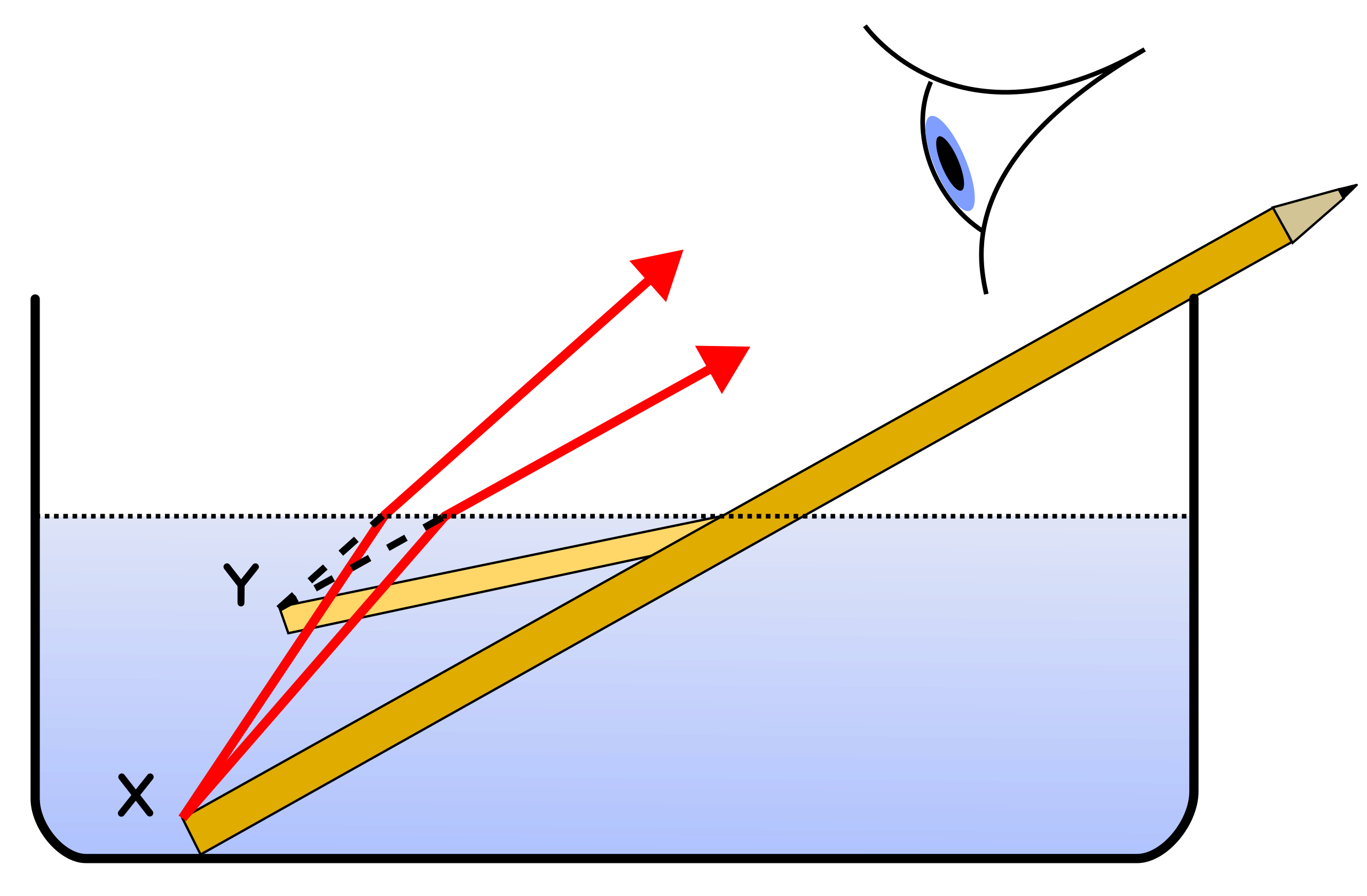
Refraction: Bending the Light (and Maybe Reality)
Ever stick a straw in a glass of water and see it appear bent?
That's refraction in action! It's the change in direction of a
wave (like light) as it passes from one medium to another.
Simple Analogy: The Marching Band
Imagine a marching band marching from pavement to mud. The rows
that hit the mud first slow down, causing the whole band to bend
their direction. Light does something similar when it goes from
air to water or glass.
Key Concepts Simplified:
-
Index of Refraction: A measure of how much
a material slows down light. -
Snell's Law: Describes the relationship
between the angles of incidence and refraction.
-
Dispersion: The separation of white light
into its constituent colors (like in a prism).
Why it Matters:
-
Lenses: Used in eyeglasses, telescopes,
microscopes, and cameras. -
Fiber Optics: Allows for high-speed data
transmission. -
Rainbows: Refraction and reflection of
sunlight in water droplets create rainbows.
Fun Fact: Diamonds sparkle because of their high index of refraction and
their carefully cut facets.
Refraction: It's not just about bent straws; it's about how
light interacts with matter and creates the colorful world
around us!
Hyperreality
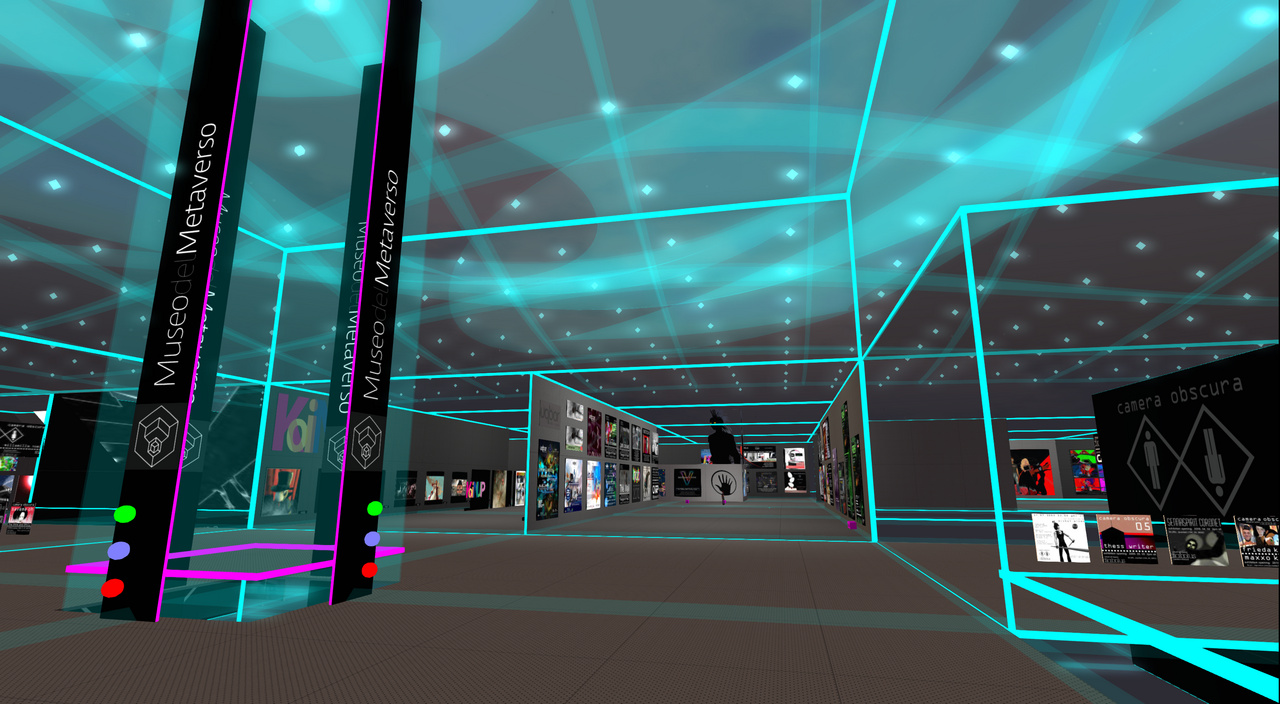
Hyperreality: When Simulation Becomes *More Real* Than Real
Imagine a world where the artificial is so pervasive and
convincing that it blurs the lines between what's real and
what's simulated. That's hyperreality: a condition where
simulations have become more real than reality itself.
Simple Analogy: The Instagram Filter
You take a photo, add a filter to make yourself look better, and
then post it online. The filtered image becomes your
representation, and people interact with that version of you. Is
that "you" real? Hyperreality questions this.
Key Concepts Simplified:
-
Simulation: A representation of something
real. -
Simulacra: Copies without originals,
representations that precede and determine reality.
-
The Map Precedes the Territory: The
simulation becomes more important and influential than the
real thing.
Why it Matters:
-
Social Media: Our online identities become
curated versions of ourselves, blurring the line between the
real and the constructed. -
Virtual Reality: VR and AR technologies
create immersive experiences that challenge our perception
of reality. -
Politics and Media: Hyperreality can be
used to manipulate public opinion and create alternative
realities.
Thought Experiment: The Matrix
What if the world we experience is just a sophisticated
simulation? How would we know? And what would it even mean to be
"real"?
Hyperreality: It's a philosophical concept that challenges our
understanding of truth, authenticity, and the nature of reality
in the digital age.
TITLE Expression
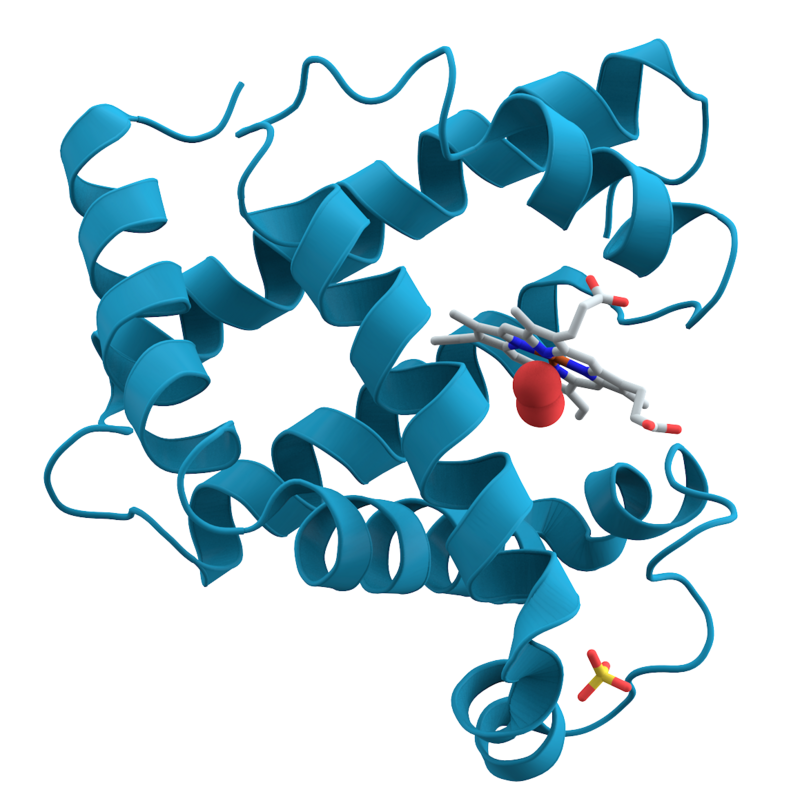
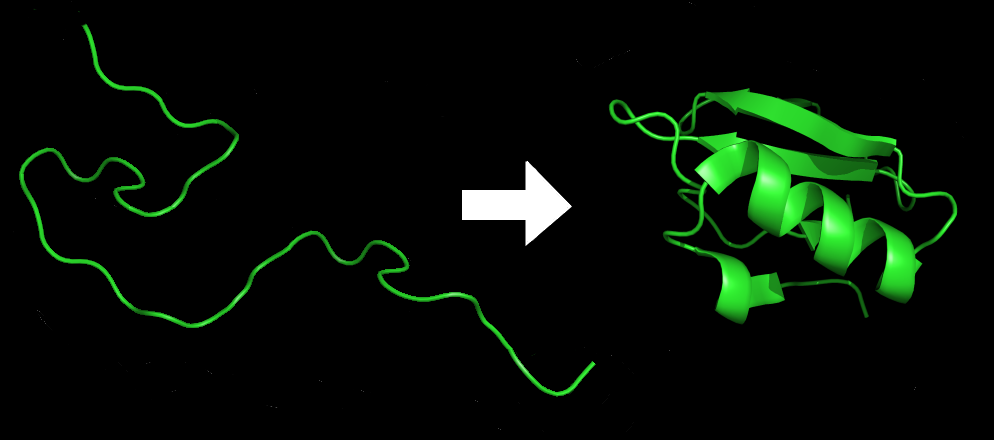

Expression: Unleashing the Inner Universe (in Code, Art, and Everything Else)
Imagine a volcano erupting. Expression is similar: the process
of conveying thoughts, feelings, and ideas through various
mediums.
Simple Analogy: The Artist's Palette
An artist uses colors, textures, and brushstrokes to create a
painting that reflects their inner world. Expression is like
choosing the right tools and techniques to communicate your
unique perspective.
Key Concepts Simplified:
-
Communication: The process of conveying
information. -
Creativity: The ability to generate new and
original ideas. -
Medium: The channel through which
expression takes place (e.g., language, art, music, code).
Why it Matters:
-
Human Connection: Expression allows us to
connect with others and share our experiences. -
Personal Growth: It's a way to explore and
understand ourselves. -
Innovation: It drives progress in art,
science, and technology.
Fun Fact: Even AI can be used for expression! AI algorithms can generate
art, music, and even write poetry.
Expression: It's more than just talking; it's about finding your
voice, sharing your vision, and making your mark on the world!
Takeaways
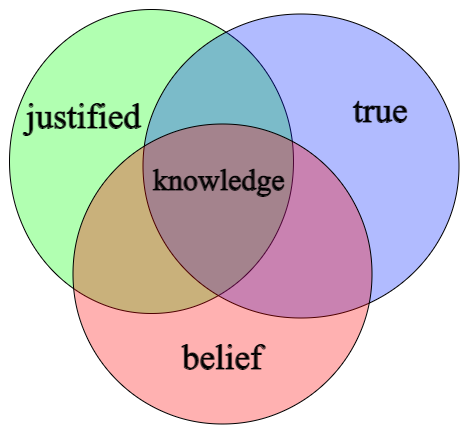
"We aim to make the complex understandable, transforming
abstract knowledge into concrete understanding."
The goal is to create a resource that empowers innovation and
accelerate learning. Our aim is to ignite curiosity, foster
critical thinking, and provide a solid foundation for those
tackling the grand challenges facing our world. To provide deep
understanding of concepts that inspire solutions
Driven by a passion for clarity, we embraced a systematic
approach to simplify complex concepts. We prioritized delivering
value that resonates with both experts and those new to the
field. We categorized this approach as:
- Intuitive and Concise Explanations
- Real-World Applications and Impact
- Emphasis on Conceptual Understanding
Let us explore these intellectual pillars, where knowledge meets
accessibility, shaping the future of understanding.
The Machine/Algorithm:
That which serves an end in time
That which serves an end in time
The Observer:
The entity capable of understanding
The entity capable of understanding
-
We identified foundational principles that guide
scientific discovery. -
We explored the impact of clear communication in
accelerating innovation. -
We connected diverse fields, seeking unifying theories
and breakthroughs. -
We defined the moments that can heal with new data.
-
We sought solutions for the world.